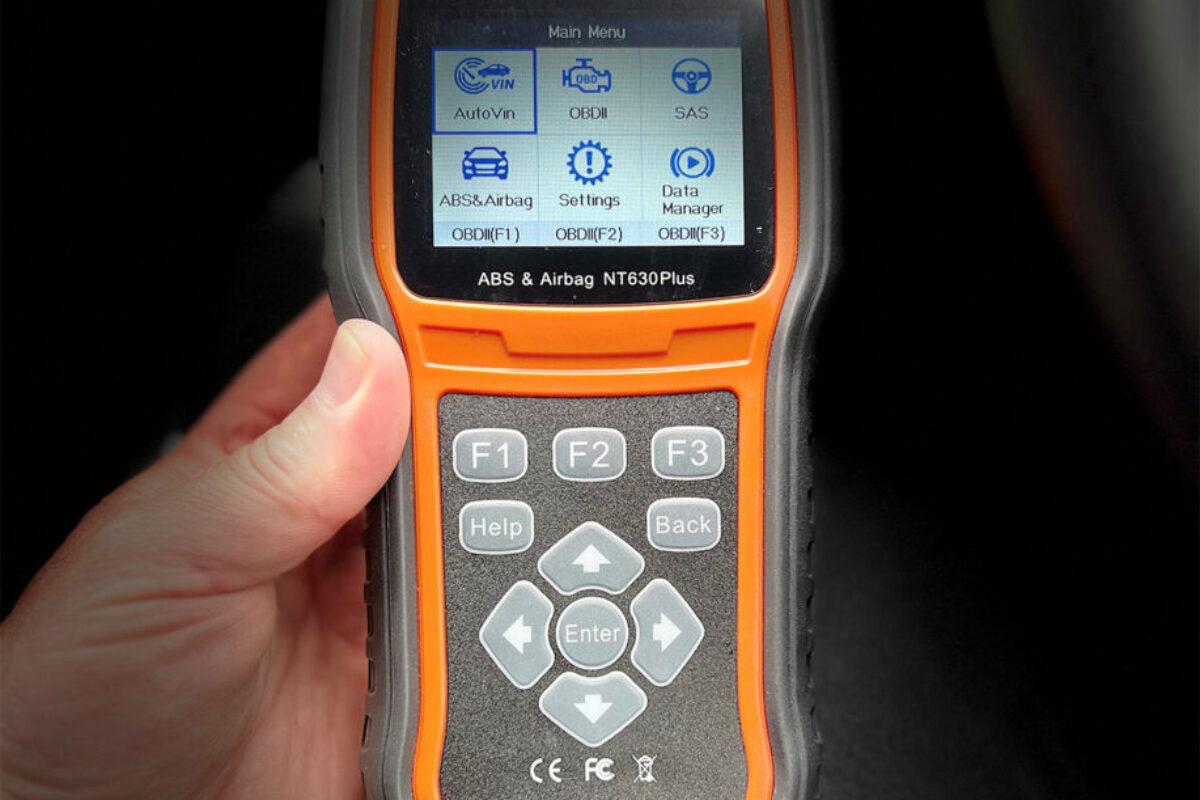Best OBD-II Scanners 2024
Gone are the days when OBD-II scanners were exclusive tools for mechanics and automotive professionals. These handy devices have become increasingly affordable and accessible, making them a must-have for any car owner. By understanding how to use an OBD-II scanner, you can save money, gain knowledge, and take control of your vehicle’s maintenance.
The Rise of Affordable OBD-II Scanners
In the past, OBD-II scanners were expensive pieces of equipment that were primarily used in professional workshops. However, advancements in technology have made these devices more affordable and user-friendly. Today, you can find a variety of OBD-II scanners on the market to suit different budgets and needs.
Key Benefits of Owning an OBD-II Scanner
Save Money: OBD-II scanners can help you avoid costly repairs by allowing you to diagnose problems early on. By identifying issues before they escalate, you can save money on expensive mechanic bills.
Gain Knowledge: Understanding your car’s inner workings can give you a sense of confidence and control. With an OBD-II scanner, you can learn more about your vehicle’s systems and how they operate.
Take Control: By using an OBD-II scanner, you can take a more proactive approach to your vehicle’s maintenance. You’ll be able to monitor your car’s performance, identify potential issues, and address them before they become major problems.
Avoid Unnecessary Repairs: Sometimes, warning lights can be triggered by minor issues that can be easily resolved at home. By using an OBD-II scanner, you can determine whether a problem is serious or if it can be addressed with a simple fix.
Choosing the Right OBD-II Scanner
When selecting the best OBD scanner, consider the following factors:
- Compatibility: Ensure the scanner is compatible with your vehicle’s OBD-II port.
- Features: Look for scanners that can read and clear fault codes, monitor real-time data, and support a wide range of vehicle makes and models.
- Ease of Use: A user-friendly interface and clear instructions can make diagnosing problems a breeze.
- Price: OBD scanners come in various price ranges. Determine your budget and choose a scanner that offers the features you need without breaking the bank.
Top Picks for the Best OBD-II Scanners
Need to diagnose your car’s problems without breaking the bank? Look no further! We’ve scoured the market to find the best OBD-II scanners that won’t drain your wallet. From simple code readers to advanced diagnostic tools, these picks offer excellent value and performance.
Why choose an OBD-II scanner?
- Identify and troubleshoot engine problems
- Monitor vehicle performance
- Reset check engine lights
- Save money on car repairs
Our top recommendations:
This scanner is widely regarded as the best overall OBD-II scanner for several reasons:
- Easy to use with a user-friendly smartphone app
- Wireless Bluetooth connectivity
- Provides detailed diagnostic reports and repair suggestions
- Compatible with both iOS and Android devices
- Offers advanced features at a mid-range price point
The Foxwell NT301 is praised for its value and user-friendly design:
- Full-color screen with graphical menu
- Rubber-coated surround for durability
- Can record and playback live data
- Converts data into figures or graphs
- Includes emissions monitor status feature
- Offers a good balance of features and affordability
The Launch CRP123E V2.0 is a versatile OBD-II scanner designed for diagnosing various car issues:
- Real-Time Data: live information about the vehicle’s systems
- It supports a broad range of vehicles, making it suitable for many car makes and models.
- Can read and clear fault codes, view live data streams, and perform I/M readiness tests.
- The device comes with a 5-inch touchscreen, which is larger than many other scanners in its price range.
- The CRP123E V2.0 supports Wi-Fi connectivity, allowing for easy and regular updates.
How to Use an OBD-II Scanner
Using an OBD-II scanner is relatively simple. Here’s a basic guide:
- Locate the OBD-II Port: This port is typically located under the dashboard, often near the steering wheel.
- Connect the Scanner: Plug the scanner into the OBD-II port.
- Read Fault Codes: The scanner will display a list of any stored fault codes.
- Interpret the Codes: Use an online resource or a code lookup app to understand the meaning of each code.
- Troubleshoot: Based on the fault codes, you can research potential causes and solutions.
Case Studies
To illustrate the benefits of owning an OBD-II scanner, let’s consider a few real-world examples:
Case Study 1: A driver noticed their car was running rough. Using an OBD-II scanner, they discovered a faulty oxygen sensor. By addressing the issue promptly, they avoided more significant engine problems.
Case Study 2: A car owner was experiencing decreased fuel efficiency. Their OBD-II scanner revealed a clogged air filter, which was easily replaced at home.
Conclusion
Having a reliable OBD scanner is a valuable investment for any car owner. By using these devices, you can save money, gain knowledge, and ensure your vehicle is running at its best. Choose the right OBD scanner for your needs and start diagnosing issues like a pro.

